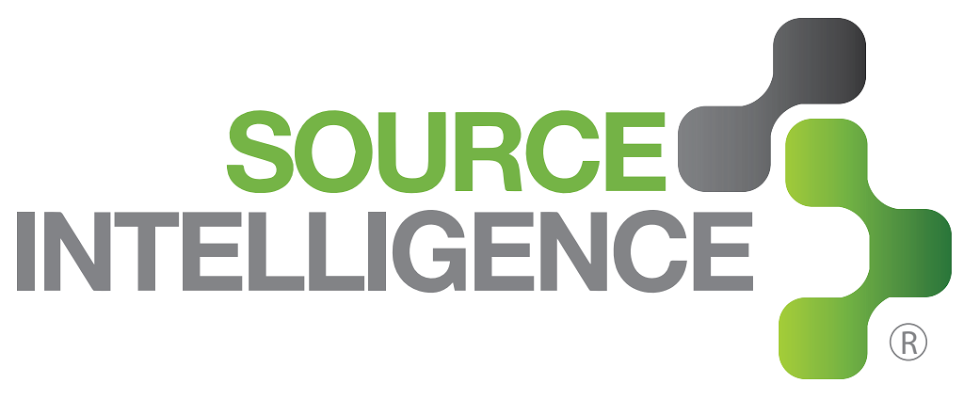Tips to Identifying Risk in Your Supply Chain

Modern day slavery affects 21 million people worldwide and accounts for over $150 billion annually in illegal profits. Research suggests that modern day slavery affects almost every supply chain in the world. From mattress suppliers in the UK to textile factories in Uzbekistan, modern day slavery is present in any tier of the supply chain and can be very challenging to identify. There are practical steps that compliance professionals can take to better identify risk in their supply chains:
-
Learn about your supplier’s hiring and employment practices. Modern day slavery can start before the employee shows up for their first day of work. Factory use of labor agents and labor brokers is a powerful indicator of low employment standards. In addition, employee onboarding requirements, such as withholding of workers documents (passports, ID cards etc.), are red flags that unfair labor practices are taking place.
-
Look at the supplier’s history. Your suppliers’ historical behavior can tell you a lot about your their approach to ethical business practices. Have your suppliers fulfilled all orders on time? Have they responded to your data requests in a reasonable timeline, and have they been cooperative? Finally, how has overall communication been? Does the supplier return emails and phone calls in a timely manner? Has your supplier suddenly become unresponsive and hard to reach? These are all practical questions you can use as a starting point for evaluating your suppliers.
-
Use your existing compliance data to approach modern day slavery. This is by far the most important aspect of modern day slavery compliance evaluation. You may already have experience with various regulatory compliance measures. Whether it is conflict minerals, REACH / RoHS, or any other material regulation, the data you've gathered on your suppliers for previous regulations is a very strong indication of future data trends. Has your supplier ever given you faulty data concerning a regulation or standard? If so, there may be a reason to look further into that supplier’s business practices.
The tips above are just a starting point for modern day slavery compliance. There is a multitude of approaches you can take to mitigate the risk of modern day slavery going undetected in your supply chain. To learn more about this topic, join Source Intelligence, Deloitte, and KnowTheChain.org on November 17th for a much-awaited webinar, Approaching Modern Day Slavery: Using your existing compliance data to create a robust anti-human trafficking program. Click here to reserve your spot and have the opportunity to speak one-on-one with industry experts.

